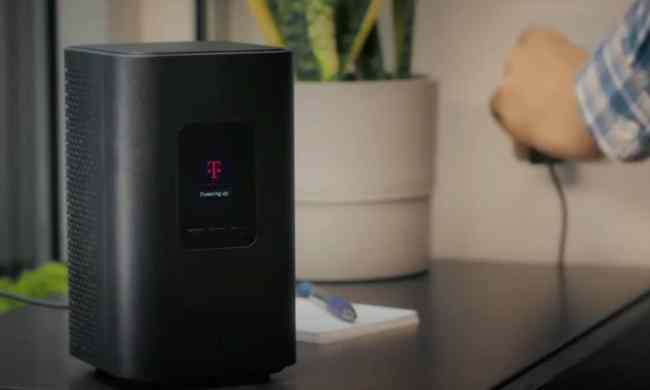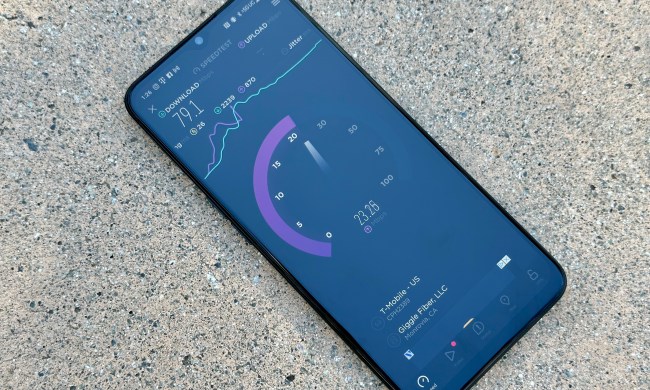Japanese telecom provider KDDI is continuing its deployment of open standard 5G technology in a new partnership with HPE that allows it to expedite 5G availability throughout the country.
According to HPE, KDDI will be using the HPE ProLiant DL110 Gen10 Plus Telco server for its commercial 5G network. This system allows it to seamlessly tie in its other Open Radio Access Network (O-RAN) equipment and run multiple virtual RAN (vRAN) components with fewer physical hardware components.
This latest rollout signifies that virtualized 5G deployments are ready for mainstream commercial use. The result will be more rapid expansion of 5G networks by reducing costs, decreasing the amount of time it takes to test and implement new 5G base stations, and ensuring that telecom providers don’t have to face compatibility problems with equipment from different vendors.
“The O-RAN compliant 5G virtualized base stations we developed are now commercially operational,” said Kazuyuki Yoshimura, KDDI’s Chief Technology Officer, in a press release from HPE. “With open and virtualized base stations, KDDI aims to provide customers with advanced communication services which flexibly and quickly support their use cases.”
Why virtualized 5G is important
For many years, building cellular networks has been a complicated and time-consuming process. First, since vendors’ systems didn’t interoperate with each other, mobile network operators (MNOs) had to invest a great deal of time in selecting which technology platform they were going to base their networks on.
Then, once they had undertaken the necessary research and made those decisions, they were locked into a single platform and forced to move at the pace of that particular equipment manufacturer. If a competing hardware maker had something better, they couldn’t take advantage of it because it wouldn’t be compatible with their existing systems.
These proprietary hardware systems also required numerous modular RAN components that had to fit together to build the 5G infrastructure, such as antennas, transceivers, baseband units, and controllers, all of which were generally custom-made hardware put together into a purpose-specific base station.
To solve this problem, most of the companies involved in 5G research, development, and deployment banded together to form the O-RAN Alliance, agreeing to come together to build equipment that would interoperate based on open standards.
In the process, this universal compatibility led to another significant benefit: the ability to virtualize many of the RAN components that previously required dedicated, physical hardware. Much like traditional virtualization solutions, this allows many of the software-based components to run on a single server using off-the-shelf hardware.
Thanks to its years of expertise in building enterprise server hardware and telecommunications equipment, HPE has been at the forefront of the O-RAN Alliance in providing solutions that can be quickly certified and deployed at minimal cost, allowing 5G MNOs to expand their networks at a pace that was once thought impossible.
“It is a great honor to support KDDI’s initiative with HPE telco infrastructure amidst heightened expectations for 5G as digital transformation accelerates in Japan,” said Hirokazu Mochizuki, managing director, HPE Japan, in its press release. “With more than 30 years of expertise and innovation working with the telco industry, we look forward to joining forces with KDDI in propelling the 5G economy and contributing to a sustainable society.”



